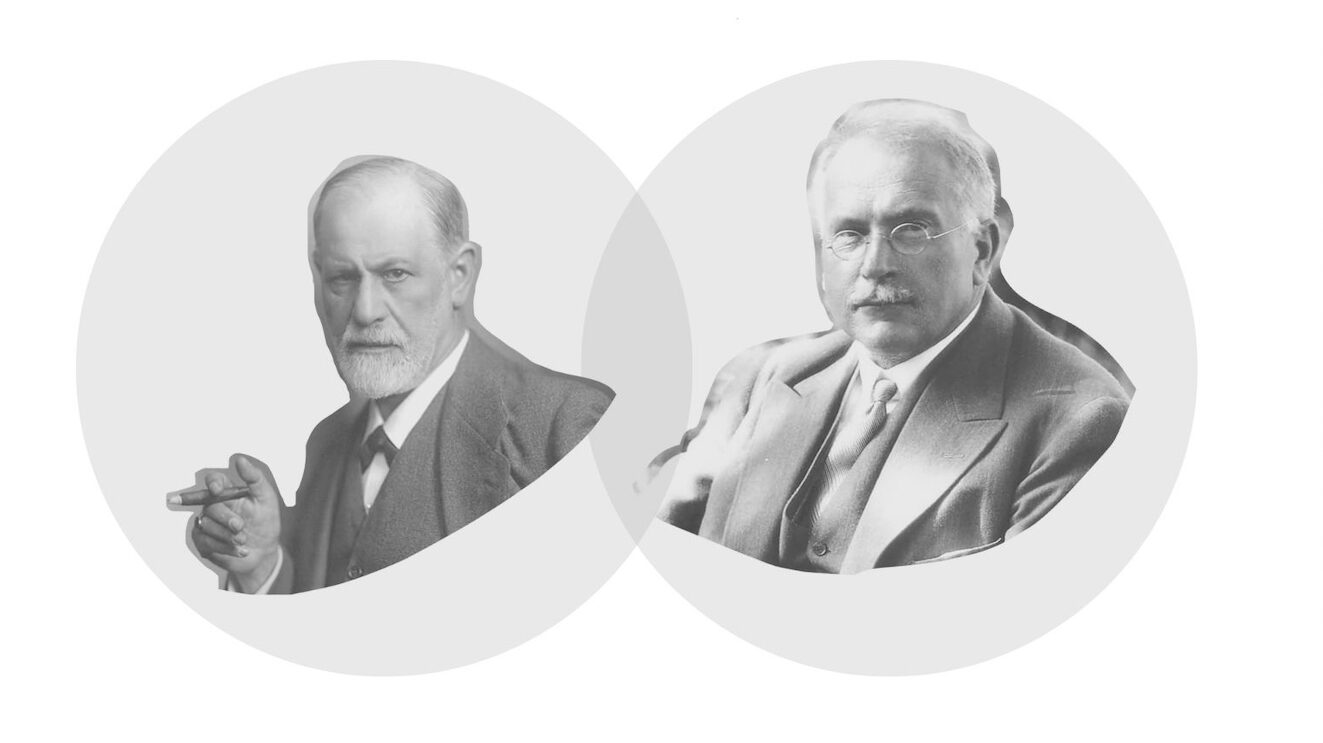Did you know that on average, each person has roughly 1,460 dreams each year? According to Sigmund Freud and Carl Jung, who are often referred to as the creators of psychoanalysis, each one of those dreams is your subconscious’ best effort at telling you something about yourself — your biggest fears, desires or beliefs. This past semester, Lick-Wilmerding High School’s Psychology: Brain and Behavior (B&B) classes spent five weeks researching Freud and Jung’s distinct dream analysis methods, and had the opportunity to analyze their own dreams.
Taught by Anton Krukowski and Carrie Maslow, B&B is a highly sought-after science course at LWHS, having only four classes per school year, each with roughly 18 spots. Through the lens of developmental psychology, B&B covers topics including biomedical physiology, social psychology, and most recently, dreams and dream analysis. During the dreams unit, students aimed to understand what is happening on a scientific level when we dream, and what dreams mean.
According to Winston Medical Center, while many people remember, at best, one dream when they wake up, on average, we each have four dreams per night.
While asleep, we go through what’s commonly referred to as the “sleep cycle.” Each cycle is about a 90 minute rotation through states of consciousness consisting of light sleep, deep sleep and rapid eye movement (REM) sleep. “As each rotation occurs, our REM cycles progressively get longer,” Justine Jaremko ’24 said.
“Dreams mostly take place during REM sleep, which is different from the other stages of the cycle. There have been many studies about people remembering the most when they’re woken up during REM sleep. Knowing this has made me think a lot more consciously about this phenomenon,” Chelsie Joy Valerio ’25 said.
Understanding why we dream and what it means when we remember them is far more complicated than one would think. “There’s multiple reasons why we dream – there could be something important in your unconscious mind that you’re not actively thinking about, but that may appear in dreams. In a way, dreams allow for the subconscious mind to communicate with the conscious mind,” Valerio said.
Additionally, in watching the Dream Explained documentary, students were able to understand that dreaming can happen for a variety of reasons, including as means for reflection, to reveal gut instincts and as a safe space to approach waking life dangers.
“But not all of the ‘whys’ and ‘hows’ are known with regards to dreams — it’s largely conjecture and is still relatively unknown” said Jaremko. Freud and Jung are known to be two of the founders of dream analysis and have both crafted their own processes for analyzing dreams, based on dreams of their own. B&B students looked at their analyses and were able to see that these methods were largely theory based, rather than rooted in science.
“Freud picked small moments that felt important in the dream and made connections to moments in his life where similar emotions came up. This allowed him to draw conclusions about what the presence of those moments could mean” said Carter Flemming ’24. “He picked everything apart, and assumed that every thing mentioned and every symbol shown represented something deeper. It’s kind of like going down a rabbit hole. Anything that shows up can tell you more about yourself,” said Jaremko.
In comparing the two, students grew to learn that Jung’s method differed. “Jung connected most aspects of the dream to the idea of collective consciousness. He believed that dreams provided a universal form of consciousness in which certain symbols meant similar things to different people,” said Jaremko. “Jung’s analysis and interpretations felt more flexible than Freud’s,” said Valerio.

Photo courtesy of Vidigami
Choosing either a friend’s dream or one of their own, students ended the unit by putting all of their knowledge to the test. With the help of the Freud or Jung analysis method, students were able to interpret the images and ideas in the dream, allowing them to draw educated conclusions about the dreamer.
B&B students learned the importance of dream journaling and being more aware of the dreaming state. “The act of taking notes will help you memorize your dreams, which allows you to be more conscious of the dreams that reoccur. In some weird inverted way, it helps you be more aware of yourself and your subconscious,” said Valerio.
“I left the unit with a lot more appreciation and understanding because I think you can derive a lot from just hearing about people’s dreams. Dream analysis helped me think about myself in a new light and through a new lens,” said Flemming.
With the basic knowledge of Freud and Jung’s methodologies, you too can implement the routine of dream journaling and maybe even learn something new about yourself!







